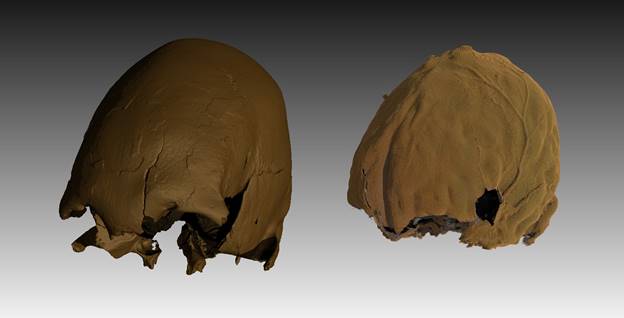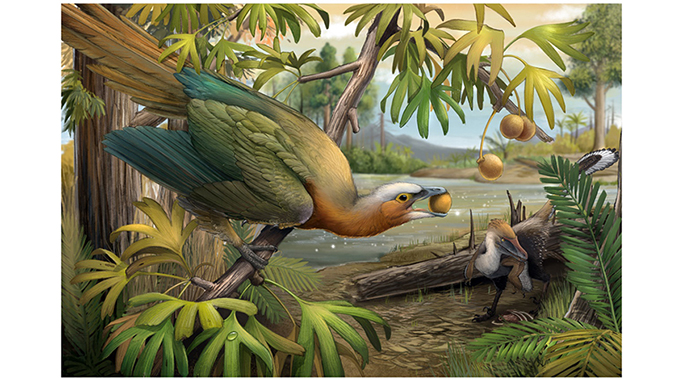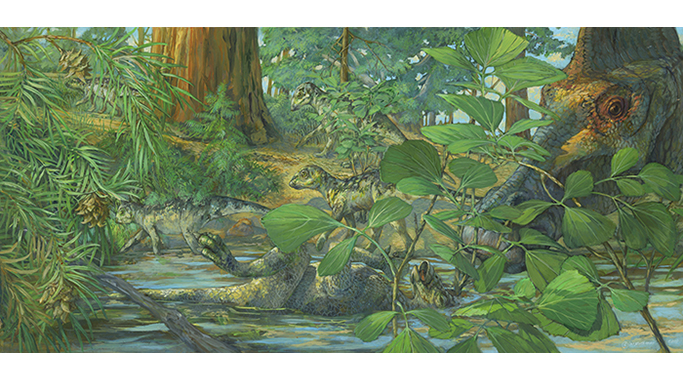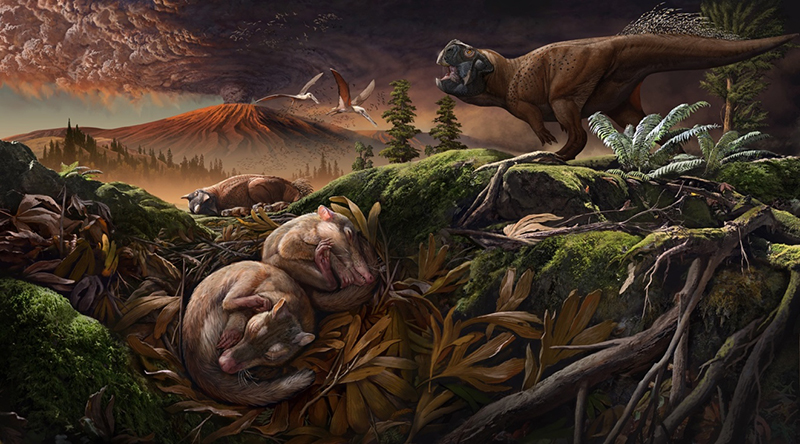|
|
|
|
|
|
|
|
|
|
|
|
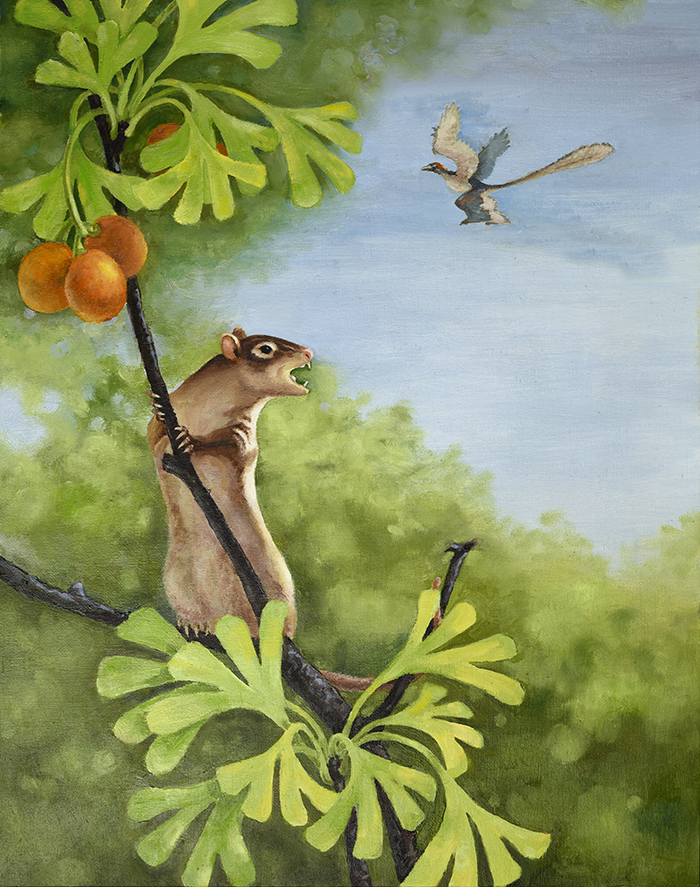 |
New Cretaceous Mammal Fossil Sheds Light on Evolution of Middle Ear |
| Researchers from the Institute of Vertebrate Paleontology and Paleoanthropology (IVPP) of the Chinese Academy of Sciences and the American Museum of Natural History (AMNH) have reported a new species of multituberculate – a type of extinct Mesozoic “rodent” – with well-preserved middle ear bones from the Cretace... |
|
 |
New Finding on Origin of Avian Predentary in Mesozoic Birds |
| The predentary bone is one of the most enigmatic skeletal elements in avian evolution. Located at the tip of the lower jaw, this bone is absent in more primitive birds and in living birds; it is thought to have been lost during evolution. For over 30 years the origin and function of the avian predentary has remained... |
|
|
|
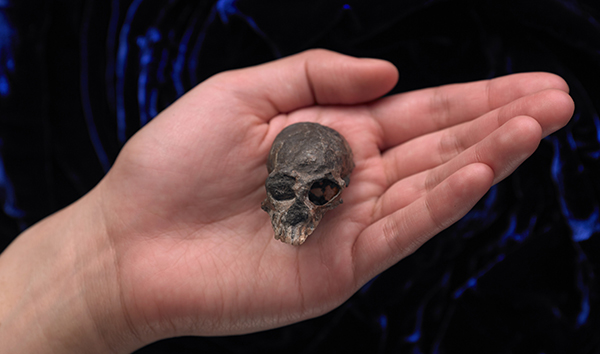 |
20-MILLION-YEAR-OLD SKULL SUGGESTS COMPLEX BRAIN EVOLUTION IN MONKEYS, APES |
| It has long been thought that the brain size of anthropoid primates—a diverse group of modern and extinct monkeys, humans, and their nearest kin—progressively increased over time. New research on one of the oldest and most complete fossil primate skulls from South America shows instead that the pattern of brain ev... |
|
